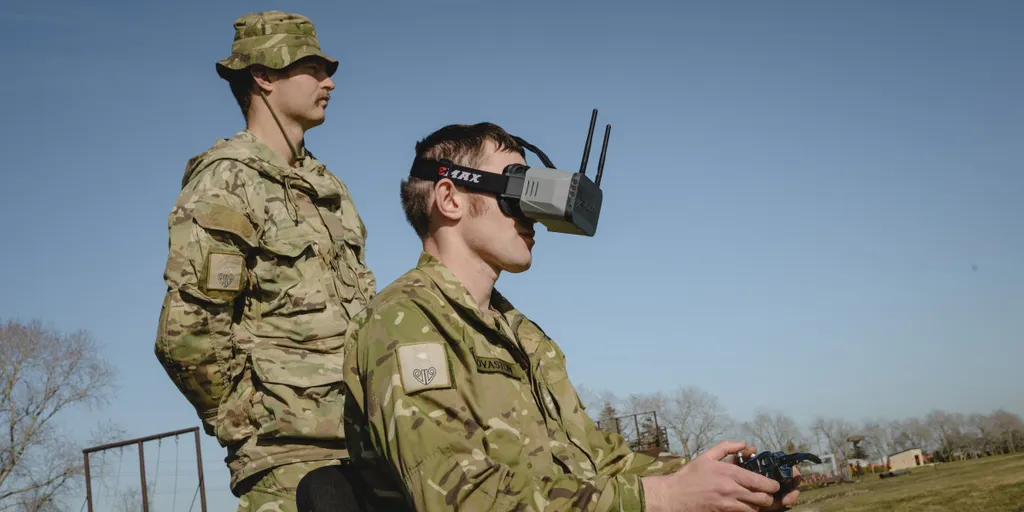New Zealand’s defence and aerospace sectors are at a crossroads, with the government’s newly unveiled defence industry strategy placing space and drones at the forefront of military and civilian innovation. The move underscores a growing global trend: the blurring lines between civilian and military aerospace technologies, a dynamic that has sparked both enthusiasm and controversy.
Protesters outside the recent national aerospace conference in Christchurch highlighted the tensions surrounding this convergence. Demonstrators chained themselves to the venue, demanding an end to rocket launches and high-tech weapons development in New Zealand. They argued that militaries are leveraging aerospace advancements to make wartime technologies more palatable to the public.
Yet, industry leaders insist that civilian and military sectors benefit from collaboration. Dr Isaac Henderson, chair of the drone industry body UAVNZ, pointed to GPS as a prime example of a military technology that has become indispensable in civilian life. “The drone doesn’t know if it’s being flown for military or civilian purposes, but what good practice and professional operations look like is the same in both contexts,” he said.
The government’s strategy, announced by Defence Minister Judith Collins, emphasises the overlap between space and defence capabilities. “Defence and space overlap more now than ever before. Having a strong space sector goes hand in hand with having a strong Defence Force,” the strategy states. Collins added that the strategy aims to position New Zealand as a global leader in smart military technology, with plans to open up defence testing grounds to private companies and establish a regulatory sandbox for safe and rapid innovation.
The strategy also aligns with broader geopolitical shifts. Canada recently launched a similar defence industrial strategy, and the US is pushing for faster, more transparent foreign defence sales. New Zealand’s strategy includes efforts to streamline US third-party export control approvals, ensuring smoother access to the US Foreign Military Sales Program (FMS), a critical source of military equipment and sustainment.
However, not everyone is convinced the strategy goes far enough. Defence commentators have criticised the plan as vague, with one calling it “36 pages of waffle.” Mark Obren, one of the few willing to speak on the record, contrasted New Zealand’s approach with Australia’s more aggressive push for sovereign defence capabilities. “Australia is trying to resolve the bigger issues of building capabilities, while I would characterise New Zealand’s position as relying on three silver bullets leveraging off others’ capabilities,” he said.
The strategy also faces challenges in integrating local businesses into large defence contracts, a process that has historically favoured multinational corporations. While the strategy encourages New Zealand firms to take on major contracts, some analysts warn this could increase costs and delays.
Despite these concerns, the focus on drones and space positions New Zealand within a global movement. The US has launched initiatives to dominate the drone market, while the UK has invested heavily in maritime drones and defence technology partnerships. Japan is also working on a technology safeguards agreement with the US to share space technology, including missile tracking.
For New Zealand’s aerospace industry, the strategy presents both opportunities and challenges. Companies like Syos, which has secured over $60 million in UK contracts, including for the Ukraine war, see the strategy as a catalyst for deeper collaboration with the New Zealand Defence Force (NZDF). Yet, Henderson noted that many local firms will still rely on international partnerships to scale up, particularly in capital-intensive fields.
As the government moves forward with its plans, the debate over the role of aerospace in defence will likely intensify. While protesters argue for a complete separation of civilian and military technologies, industry leaders and policymakers see collaboration as essential for innovation and national security. The outcome will shape not only New Zealand’s defence capabilities but also its place in the rapidly evolving global aerospace landscape.

